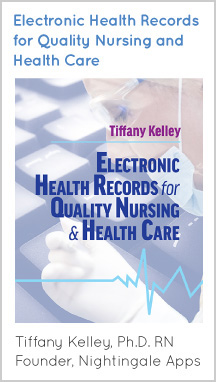If you’ve ever been a patient, you know that you immediately become more vulnerable when in a healthcare environment. Whether entering a primary care office or a tertiary care medical center, the vulnerability presents itself for all of us (even the healthcare professionals).
I believe that there will always be a sense of vulnerability for patients because of the nature of being in need of healthcare service at that moment in time. However, I do wonder about how we view patient-centered care as a concept and if we have an opportunity to amplify the patient’s perspective for the benefit of their overall experience.
For over 20 years now, the National Academy of Medicine’s Crossing the Quality Chasm‘s breaks quality into six factors:
1. Safe
2. Efficient
3. Effective
4. Equitable
5. Timely
6. Patient-centeredness
Each of the 6 factors are defined within that report. In this piece, I want to focus on patient-centeredness. Patient-centeredness is defined in that report as:
“This aim focuses on the patient’s experience of illness and health care and on the systems that work or fail to work to meet individual patients’ needs. Similar terms are person-centered, consumer-centered, personalized, and individualized. Like these terms, patient-centered encompasses qualities of compassion, empathy, and responsiveness to the needs, values, and expressed preferences of the individual patient (NAM, 2000, p.48).”
Having had a few recent experiences as a patient (e.g., primary care and optometry) and having listened to many about their experiences with healthcare, I began to wonder more about the operationalization of patient-centered care to address healthcare quality.
Some questions that run through my mind include…
- Who decides what patient-centeredness means (and how it is measured) within a healthcare organization?
- How are the preferences of the individual patient being incorporated into the delivery of quality care?
- What mechanisms are available to help support patient-centeredness during a patient’s healthcare experience?
I personally have had very positive patient-centered experiences and some not so positive experiences. I imagine you have had a range as well. As we see movement toward more active participation in one’s own health with increasing access to data and information, I believe patient-centeredness will become a more prominent need from patients as they seek to be actively involved in their care.
For healthcare professionals, perhaps consider if there are additional opportunities to enhance patient-centered care.
For patients, perhaps find ways to engage in this dialogue with your healthcare professionals where appropriate.
Perhaps at some point we will even move away from the term ‘patient-centeredness’ toward ‘person-centeredness’. However, that may be a more long-term aspiration on my end…
Have a great weekend,
Tiffany

 Know My Voice®
Know My Voice®







